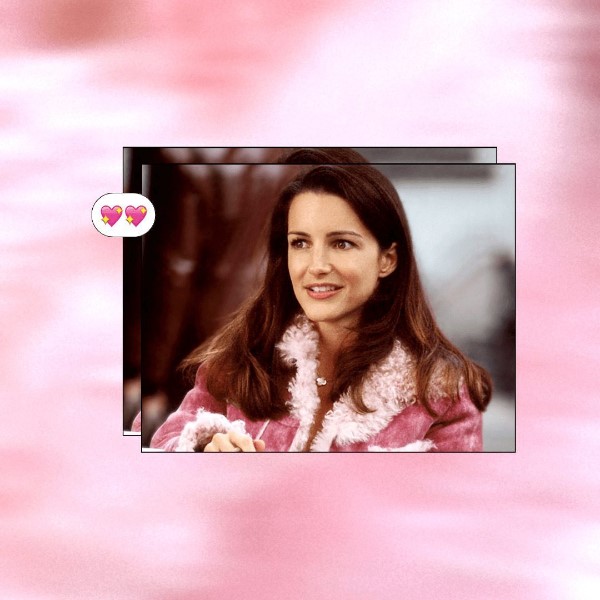Have you ever heard of a cupioromantic? If not, you’re not alone. While the term may be unfamiliar to many, it’s essential to understand and embrace the experiences of cupioromantic individuals. In this article, we’ll explore what it means to be cupioromantic, the differences between romantic and ual orientation, common signs of cupioromanticism, and how to navigate romantic relationships as a cupioromantic person.
Understanding Cupioromanticism
Cupioromanticism is a romantic orientation that describes individuals who desire a romantic relationship despite not experiencing romantic attraction. This means that cupioromantics may long for the companionship, emotional intimacy, and commitment that come with a romantic partnership, but they don’t necessarily feel the same romantic feelings as others.
Romantic Orientation vs. ual Orientation
It’s important to distinguish between romantic orientation and ual orientation. ual orientation refers to an individual’s ual attraction to others, while romantic orientation focuses on the emotional and romantic connections they seek. A person can have the same or different romantic and ual orientations.
Signs You May Be Cupioromantic
- You don’t experience romantic attraction to people, even though you may find them physically attractive.
- You have a strong desire to be in a romantic relationship, despite the lack of romantic attraction.
- You value the companionship and emotional closeness that come with a romantic relationship.
- You may imagine yourself in romantic situations, but without specific people in mind.
- You enjoy romantic media, books, movies, and songs, but you don’t necessarily relate to the romantic feelings depicted.
- You don’t find yourself developing romantic feelings or crushes on others.
- You may feel confused about why you don’t experience romantic attraction as others do.
- You may have previously identified as aromantic, but still have a longing for romantic relationships.
- You may feel the need to try out romantic relationships even though you don’t experience romantic attraction.
- You might feel different from your peers when discussing relationships and romance.
Misconceptions About Cupioromanticism
There are several misconceptions and stereotypes surrounding cupioromanticism that can be harmful and invalidating. Here are some common misconceptions to dispel:
- Cupioromantics are just afraid of commitment. This is not true. Cupioromantics can be just as committed to romantic relationships as anyone else. They simply don’t experience romantic attraction in the same way.
- Cupioromanticism is synonymous with being aromantic. This is also not true. Aromantic individuals do not desire or pursue romantic relationships at all, while cupioromantics do.
- Cupioromantics can’t have meaningful relationships. This is false. Cupioromantics can have deep, fulfilling, and meaningful relationships, just like anyone else.
- Cupioromantics are “attention-seeking.” This is an unfair and harmful stereotype. Cupioromantics are not seeking attention; they are simply expressing their genuine desire for romantic connection.
- Cupioromanticism is a choice or phase. This is not true. Cupioromanticism is a valid romantic orientation, and it is not a choice or something that can be changed.
Navigating Romantic Relationships as a Cupioromantic
Being cupioromantic can present unique challenges in navigating romantic relationships. Here are some tips for cupioromantic individuals:
- Be open and honest about your identity from the beginning. It’s important to communicate your cupioromantic identity to your partner early on to avoid misunderstandings and hurt feelings.
- Communicate your needs and boundaries clearly. Let your partner know what you need and expect from the relationship, and be respectful of their needs and boundaries as well.
- Seek understanding and acceptance from your partner. It’s essential to find a partner who understands and accepts your cupioromantic identity and is willing to work with you to create a fulfilling relationship.
- Create a relationship dynamic that caters to your needs. Work with your partner to create a relationship dynamic that accommodates your lack of romantic attraction and prioritizes the aspects of the relationship that are important to you.
- Enjoy the companionship and emotional closeness. Focus on the companionship, emotional intimacy, and shared experiences that come with a romantic relationship, rather than the lack of romantic attraction.
- Don’t feel pressured to conform to societal expectations. Don’t let societal expectations of romantic relationships dictate how you experience your own relationship. Embrace your cupioromantic identity and find happiness in your own way.
How Partners Can Understand and Support Cupioromantic Individuals
If you’re in a relationship with a cupioromantic person, there are several things you can do to understand and support them:
- Understand that being cupioromantic is not a choice or phase. Respect their identity and don’t try to change them.
- Be open to learning about the cupioromantic experience. Ask questions, listen to their experiences, and try to understand their perspective.
- Respect their feelings and identity. Don’t make them feel bad about their lack of romantic attraction.
- Don’t pressure them into experiencing romantic attraction. You can’t change their romantic orientation, so don’t try to force them to feel something they don’t.
- Be open-minded and patient. It may take time for them to come to terms with their cupioromantic identity and to navigate romantic relationships.
- Prioritize communication. Communicate openly and honestly about your needs, expectations, and boundaries.
- Don’t minimize or invalidate their experiences. Don’t tell them that their lack of romantic attraction is “not a big deal” or that they’re “just being picky.”
- Respect their need for emotional closeness over romantic intimacy. Understand that they may prioritize emotional intimacy over romantic intimacy, and be willing to meet their needs in this area.
- Be supportive of their journey and struggles. Be there for them when they need support and encouragement.
Cupioromanticism is a valid romantic orientation that deserves understanding and acceptance. By embracing cupioromantic individuals and creating inclusive and supportive environments, we can foster healthier and more fulfilling relationships for everyone.












